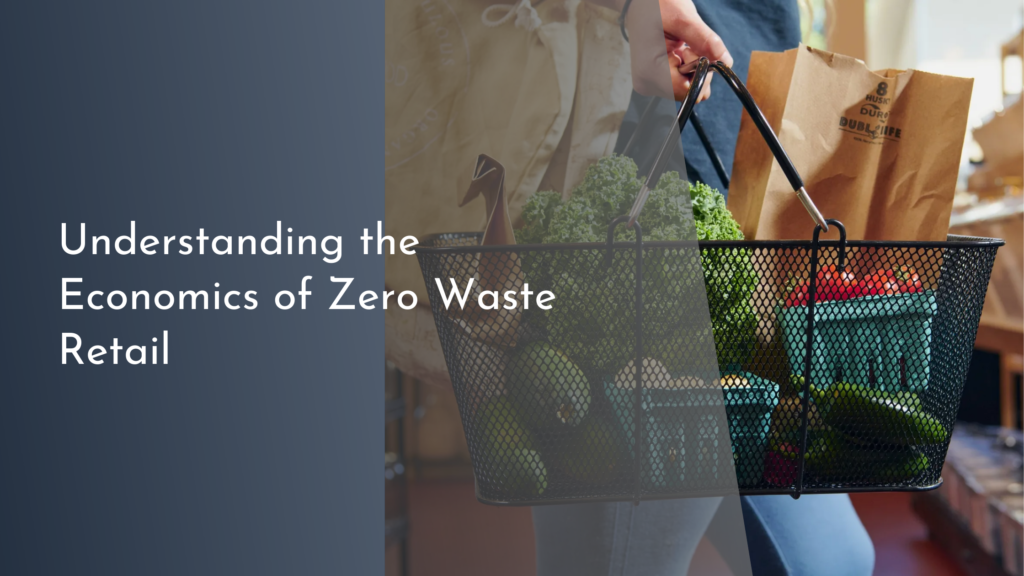The Economics of Sustainable Eating: Affordability and Access
In recent years, the concept of sustainable eating has gained significant traction as individuals and communities become more aware of their environmental footprints. As the global food system evolves, so too does our understanding of the economics behind sustainable eating. This awareness brings into question the affordability and access to sustainable food choices, creating a dialogue about how we can make these options available and viable for everyone. This article explores the economics of sustainable eating, focusing on the cost implications and the barriers to availability, while providing insights into how we can move towards a more sustainable future.
Understanding Sustainable Eating Economics
Sustainable eating involves choosing foods that are not only healthy but also have a minimal environmental impact. This can include eating more plant-based foods, reducing food waste, and supporting local agriculture. The economics behind sustainable eating are complex, involving various factors such as production costs, consumer demand, and government policies. Understanding these economic factors is crucial for developing strategies that make sustainable eating both accessible and affordable for a broad population.
The financial implications of sustainable eating are multi-faceted. On one hand, sustainable food production might require higher initial investments due to practices like organic farming or regenerative agriculture. On the other hand, these practices often result in long-term benefits such as improved soil health and reduced environmental damage. Economists and policymakers must consider these dynamics when assessing the true cost of sustainable eating and its potential for widespread implementation.
Affordability: Breaking Down the Costs
The perception that sustainable eating is expensive is a significant hurdle in its widespread adoption. Many consumers associate sustainable food with premium pricing, often because of the higher cost of organic or locally-sourced products. However, it’s important to consider the long-term cost benefits, such as reduced healthcare costs due to healthier eating habits and savings from minimizing food waste. When evaluating affordability, it’s critical to account for these broader financial implications beyond the immediate price at the supermarket.
Moreover, innovative approaches can help mitigate costs and make sustainable eating more affordable. Community-supported agriculture (CSA) programs, for instance, allow consumers to purchase shares of a farm’s harvest, often at a lower cost compared to retail prices. Additionally, government subsidies and incentives for sustainable farming practices can further reduce expenses for both producers and consumers. By breaking down costs and implementing supportive measures, sustainable eating can become a feasible option for a wider range of income levels.
Access: Overcoming Barriers to Availability
While affordability is a significant concern, access to sustainable food options also poses a challenge. Many communities, particularly those in urban or low-income areas, face food deserts where fresh and sustainable produce is scarce. Overcoming these barriers involves improving the distribution networks that bring sustainable foods to these underserved areas. This includes investing in local farmers’ markets, food co-ops, and urban agriculture initiatives that can provide fresh, sustainable produce directly to communities in need.
Additionally, education plays a vital role in improving access. By raising awareness about the benefits of sustainable eating and teaching individuals how to grow their food or cook with seasonal ingredients, we can empower communities to make more sustainable choices. Schools, community centers, and online platforms can serve as valuable resources for sharing knowledge and skills that support sustainable food practices. Through combined efforts in distribution and education, access to sustainable eating can become a reality for all.
Conclusion: Embracing a Sustainable Future
Achieving a future where sustainable eating is both affordable and accessible will require concerted efforts from individuals, communities, and policymakers alike. By understanding the economics at play and addressing the challenges of cost and access, we can create a food system that benefits our health, the environment, and the economy. As more people embrace sustainable eating, we can expect a ripple effect that encourages innovation, reduces environmental impact, and fosters a more equitable society. Let us work together to make sustainable eating the norm, ensuring that everyone has the opportunity to enjoy healthy and planet-friendly meals.

